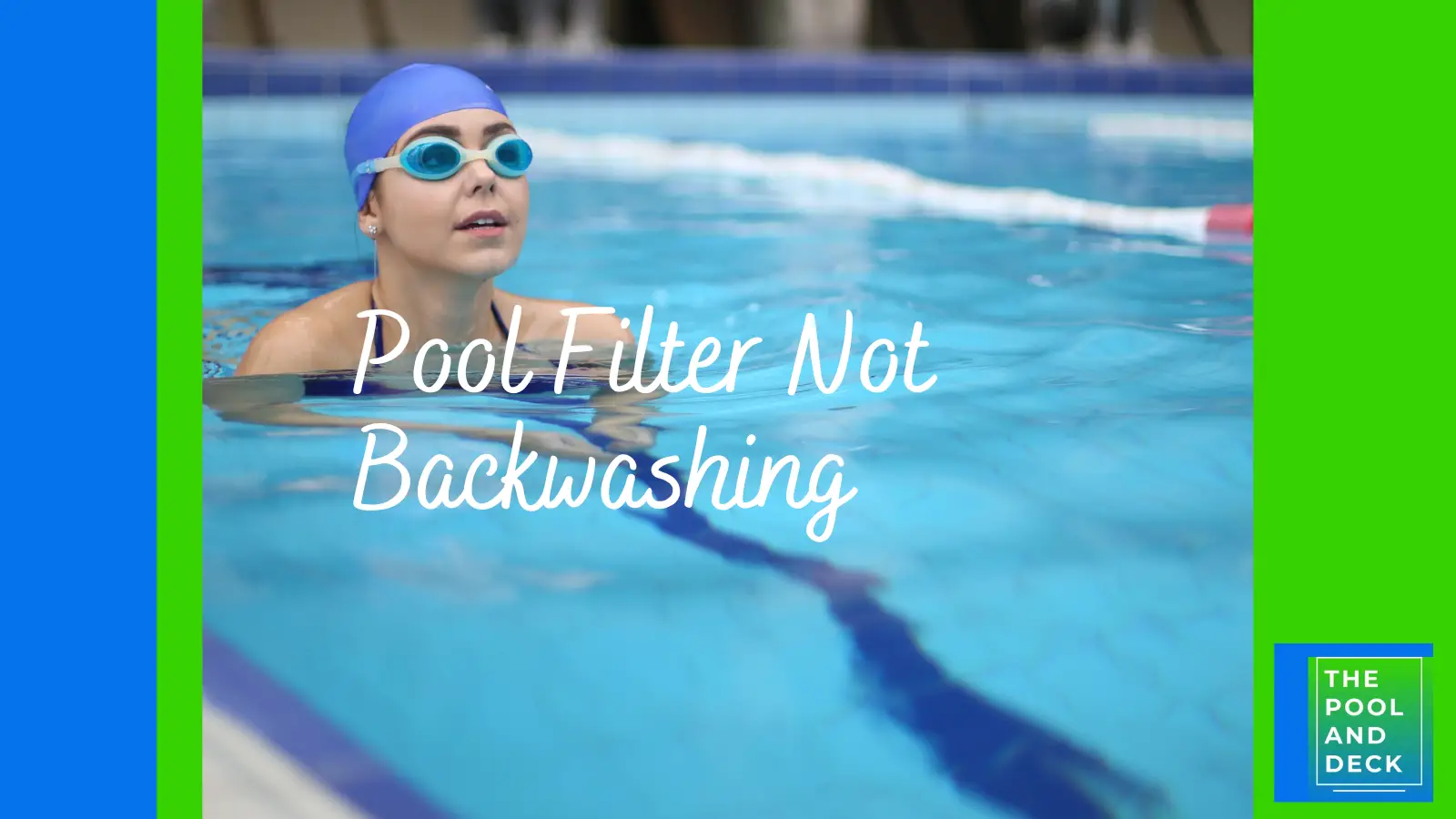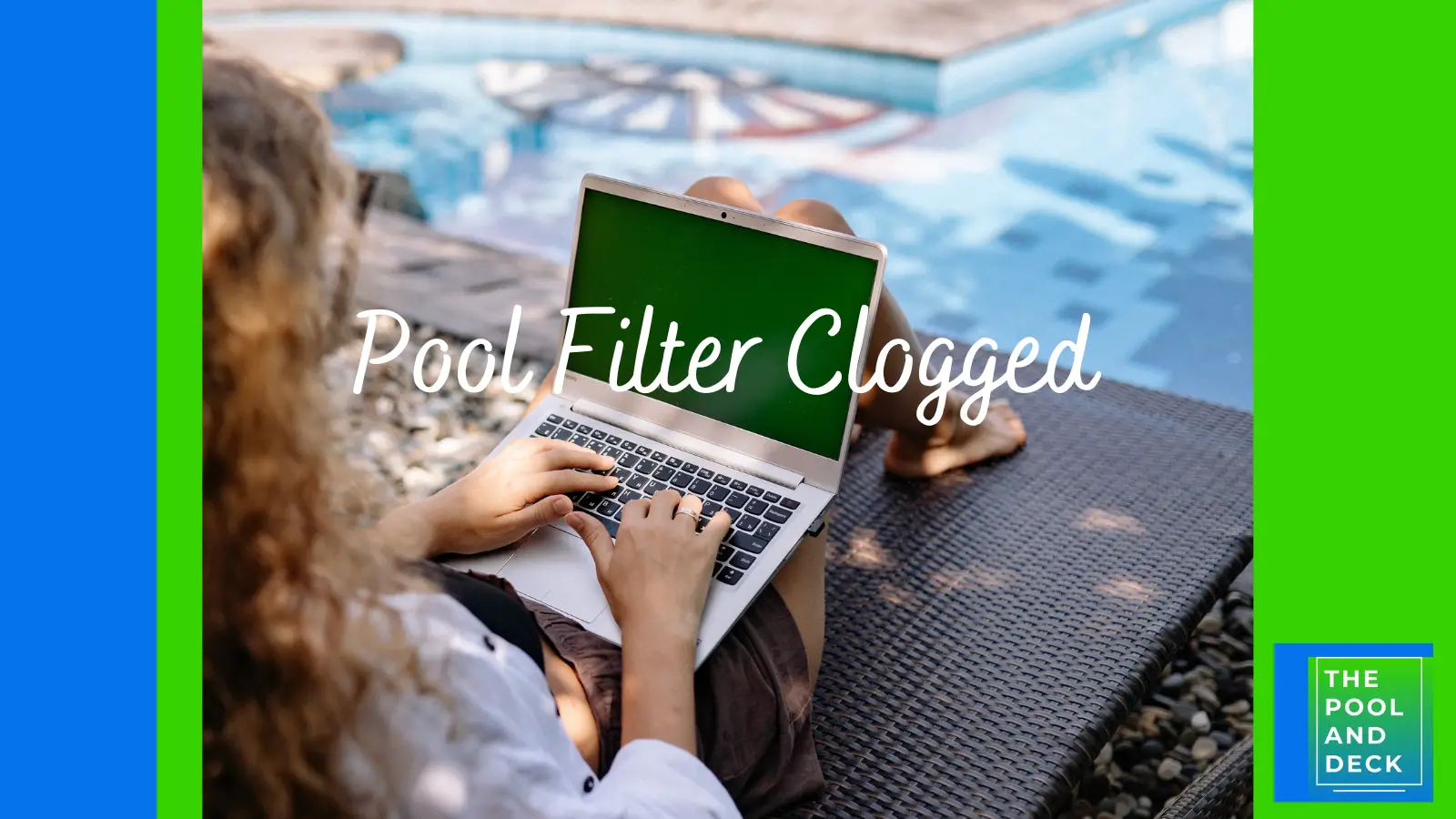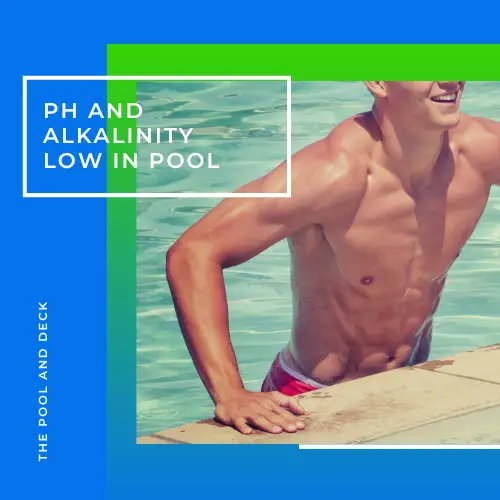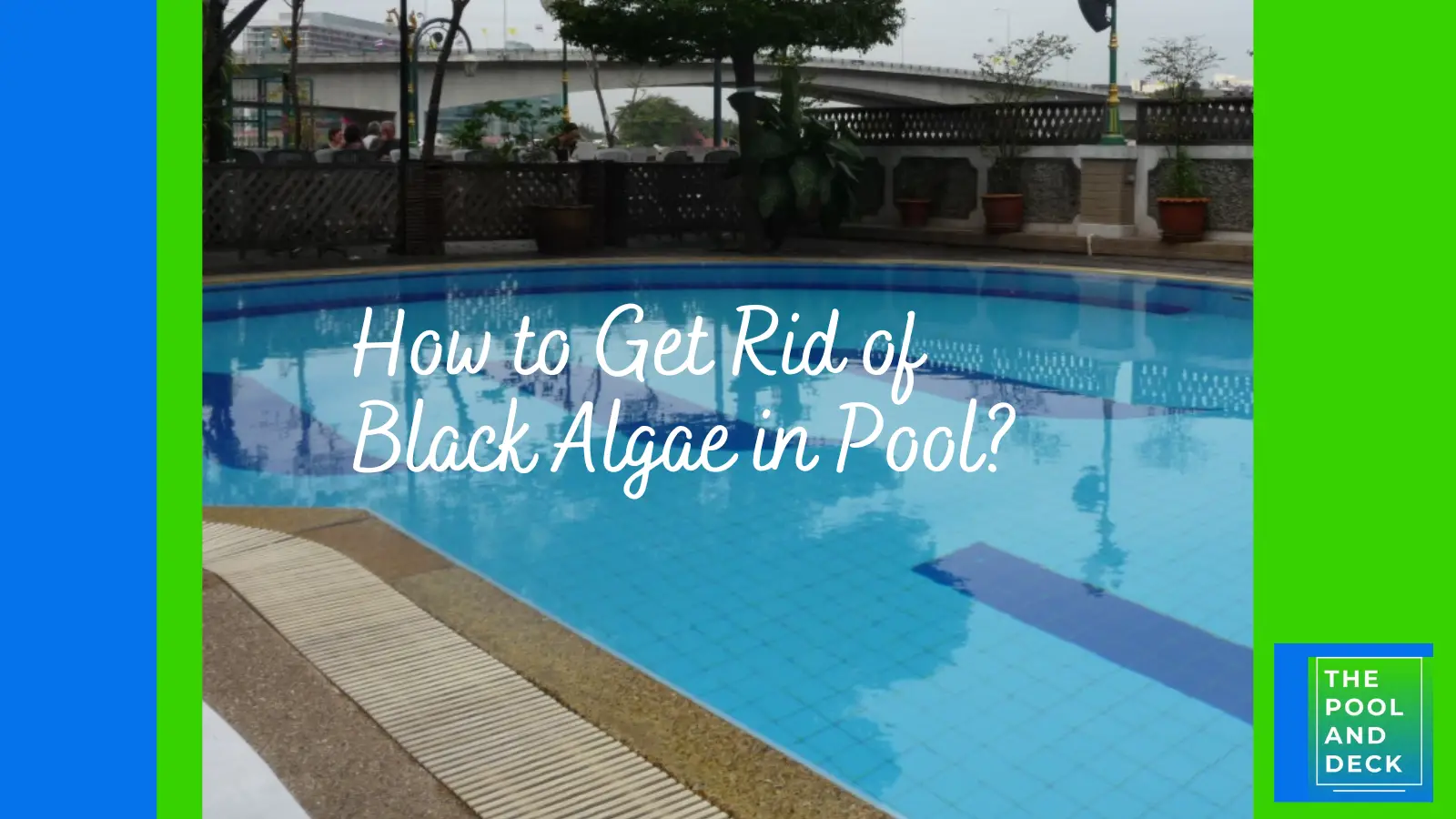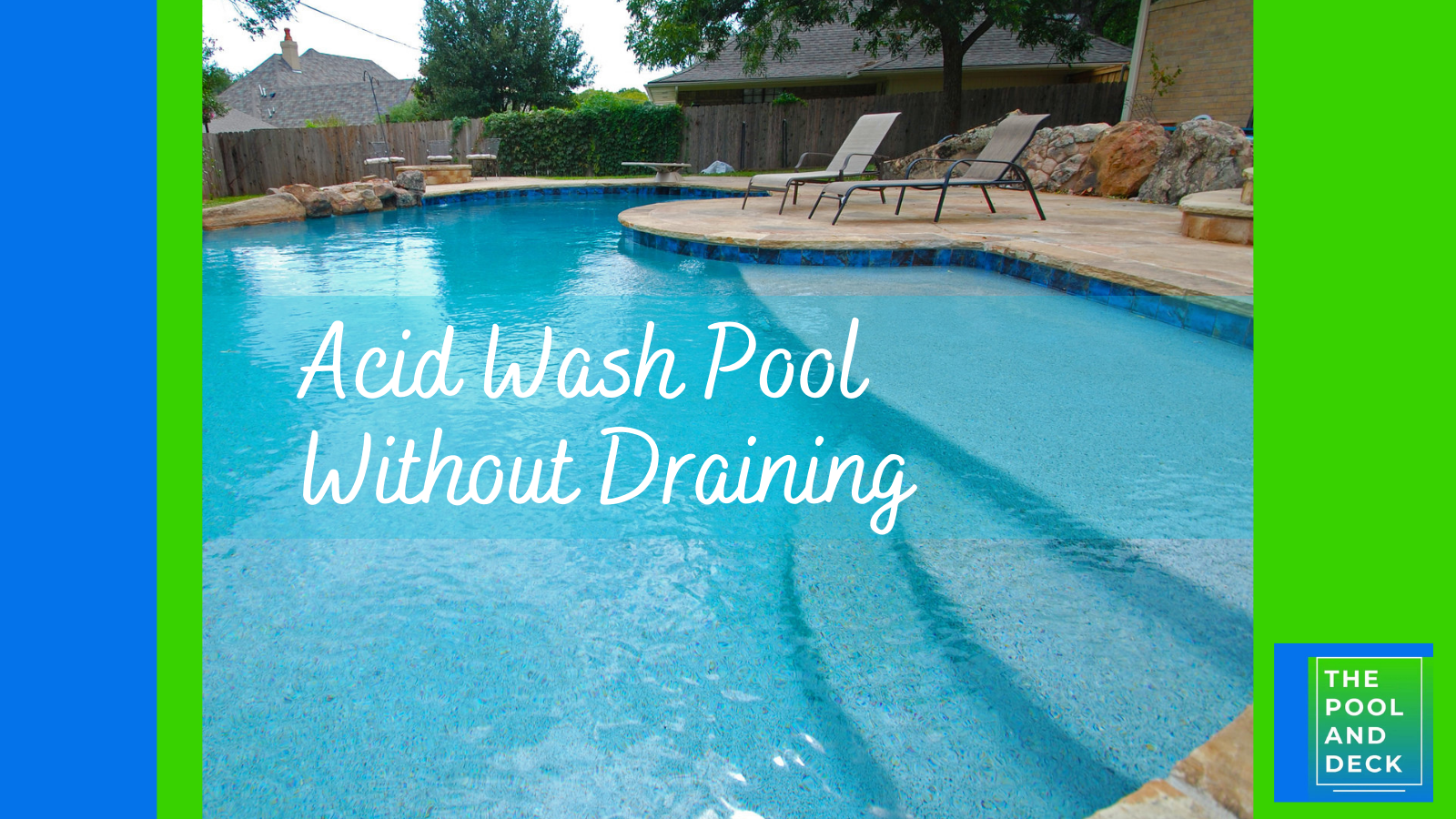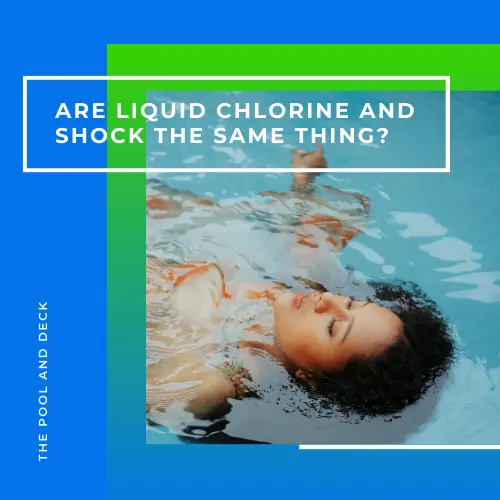When to Use Flocculant in Pool? The Best Guide for 2024!
thepoolanddeck.com is a participant in the Amazon Services LLC Associates Program, an affiliate advertising program designed to provide a means for sites to earn advertising fees by advertising and linking to Amazon.com . The website is also an affiliate of a few other brands. The affiliate links never increase your purchase price. We do appreciate your support. Thank you very much!
When to use flocculant in pool? Why not a pool clarifier? Such questions may bother you when you find your pool water clouded after heavy rainfall, an algae bloom or milky pool water after shock treatment.
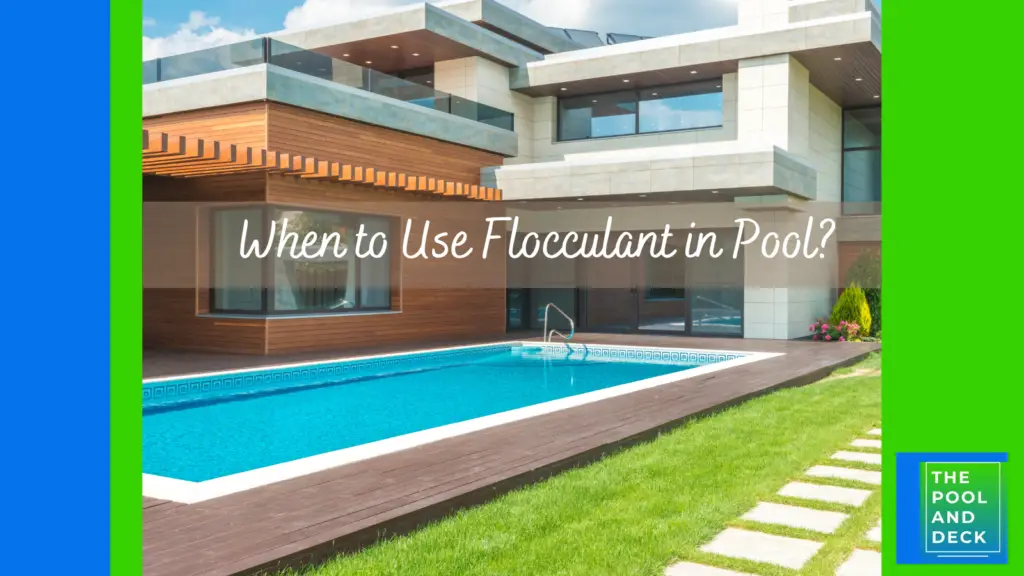
The simple answer is that pool clarifiers are suited for mildly cloudy pools whereas a pool flocculant is designed to deal with pronounced cloudiness in the pool.
Both chemicals coalesce the suspended contaminant particles. Clarifiers coalesce them to a size which still keeps them suspended but filterable.
Flocculants, on the other hand, clump them together to a size and weight that causes them to settle to the bottom from where they can be vacuumed.
Table of Contents
What is a Pool Flocculant?
The pool flocculant is used in pools to clear up cloudy water. The pool flocculant will coalesce the microscopic solid particles and make them sink to the pool floor.
You can then use a pool vacuum to suck up the muck at the pool bottom and discharge it into the yard or a drain.
Pool Flocculant vs Pool Clarifier
It may seem that the pool flocculant and pool clarifier are the same thing. In fact they are not. They do perform the same function of clearing up a cloudy pool but the clearing process is different.
Pool clarifiers are suitable for mildly cloudy pools where the pool floor is still visible. They work by coagulating tiny particles in the water, making them easier for the filter to trap.
Clarifiers are ideal if you’re not in a rush and can wait 3-5 days for the water to clear. They are also suitable after a storm or shock treatment and are compatible with cartridge filters.
On the other hand, pool flocculants are designed for significantly cloudy pools where the pool floor is not visible. They work by causing suspended particles to clump together, settling to the bottom of the pool for manual removal using a vacuum cleaner.
Flocculants are ideal if you need quick results and want to use your pool the next day. They are especially effective after an algae bloom and are suitable for pools with sand or DE filters.
However, they require manual vacuuming to remove the settled particles, making them more suitable if you do not mind a bit of a workout.
When to Use Flocculant in Pool?
Using a pool flocculant may become necessary after:
- Heavy rainfall or storm: After heavy rainfall or storm, debris and contaminants can land into the pool, leading to cloudy water. Adding a pool flocculant will help gather the suspended particles and sink them to the pool floor. Then use the vacuum to suck up the muck from the pool floor.
- Algae blooms: Algae blooms can turn pool water green and murky. Shock treatment, is often the only remedy for clearing a green pool.
After administering shock treatment to your pool, you might notice the water turning milky. Disconcerting as it is, this occurrence is not uncommon.
The objective of the shock treatment is to overwhelm and eradicate bacteria and algae by super chlorination. So, immediately after shock treatment your pool has an unusually high level of dead organic matter.
As a result, the water can temporarily appear cloudy or milky. The milky water indicates the presence of dead algae or other contaminants suspended in the water. The spike in chlorine levels can also cause particles to clump together, leading to cloudiness.
Deciding whether to use a pool clarifier or a pool flocculant can be tricky. The rule of thumb is to use a pool clarifier if the pool is mildly cloudy and you can still see the pool bottom.
On the other hand if the pool is heavily cloudy such that you can’t even see the pool bottom you are better off using the pool flocculant.
Remember, you should not run the pool filtration system if the pool is very murky. Why? The larger suspended particles will clog the filter in no time. Instead you must use a flocculant.
Best Pool Flocculant
HTH 67080 Pool Care Drop Out Flocculant will help you remove dead algae, non-living organic contaminants, and is safe for all pools and filters. The flocculant is a clear odorless liquid and does not affect pH or sanitizer levels. You can order it from Amazon by clicking the link below:
HTH 67080 Pool Care Drop Out Flocculant
Clears cloudy pool water; Improves filtration; Does not affect pH levels or damage filter equipment.
Step-by-Step Guide: How to Floc a Pool
Here is how to floc a pool:
- Prepare the Pool: Begin by raising the water level to its highest point to accommodate any water loss during the process. This prevents the water from dropping below the filters, ensuring optimal pump performance.
- Balance pH Levels: Adjust the pH level to approximately 7.0 to maintain sanitizer efficiency and prepare the pool for flocculant treatment.
- Dilute the Flocculant: Follow the manufacturer’s instructions to dilute the flocculant in a container, typically a five-gallon bucket, to ensure proper mixing.
- Add Flocculant: Pour the diluted flocculant evenly around the edges of the pool to distribute it throughout the water.
- Run the Pump: Allow the pool pump to run on “recirculate” for a few hours to disperse the flocculant thoroughly.
- Allow Settling: Turn off the pump and let the pool water sit overnight, allowing the flocculant to collect suspended particles and debris.
- Set Filter Valve to “Waste”: Set the filter valve to the “waste” function to remove sediment and debris from the pool.
- Turn on Pump and Vacuum: After the settling period, turn on the pump and vacuum the bottom of the pool to remove the sediment. Be thorough to ensure all debris is removed.
- Replace Water: Refill the pool with water to compensate for any loss during the vacuuming process.
- Backwash Filters: Backwash the pool filters to remove any remaining sediment and chemicals collected during the process.
This how you can effectively floc your pool, remove suspended particles and debris to restore water clarity and cleanliness.


